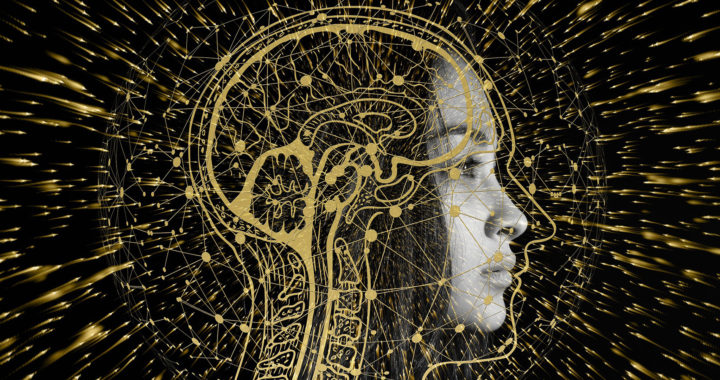The defining characteristic of artificial neural networks or ANNs is that they are modeled after the human brain or biological neural systems. ANNs are fundamentally an algorithm or a set of instructions that works similarly to how electrical signals travel and are processed in the brain and the nervous systems. Their development and deployment are important in current research in artificial intelligence systems and in advancing their future.
The Advantages of Artificial Neural Networks: Understanding How ANNs Power Deep Learning Applications and Advance Artificial Intelligence
It is important to highlight the fact that some of the benefits of machine learning or its high-level applications and the advantages of deep learning, as well as the developments in natural language processing or its advantages and advances in other fields of artificial intelligence, come from the utilization of artificial neural networks.
The advantages of ANNs rest on their difference from traditional or shallow networks. They are more complex and these enable them to learn from huge training datasets and produce outcomes that are needed in high-level AI applications. For example, through deep learning models, NLP has succeeded in utilizing large language models.
Below are the specific advantages of ANNs:
• Uses Large Datasets: Artificial neural networks can learn and generalize from large amounts of data. They can be trained using large datasets and this allows them to make predictions and decisions based on patterns.
• Non-Linear and Flexible: They are also non-linear in nature. This allows them to model complex relationships and patterns in data. They can also be adapted to handle different types of data and perform different types of tasks.
• Handles Missing Data: Another advantage of artificial neural networks is that they remain functional despite noise or errors in data. This makes them suitable in situations with noisy, incomplete, or corrupted data.
• Automation and Multitasking: They can extract features from data. This eliminates manual feature editing. They can also be trained to handle multiple tasks simultaneously. This makes them useful in advanced AI applications.
• Fast and Parallel Processing: ANNs can be optimized and used efficiently on hardware accelerators or dedicated AI processors such as graphic processing units and artificial intelligence accelerators for fast and parallel processing.
The Disadvantages of Artificial Neural Networks: Exploring the Challenges with ANNs and How They Affect Artificial Intelligence Applications
Artificial neural networks have ushered in a new era for practical AI applications. ANN models power NLP applications such as advanced human-computer interaction, computer vision systems such as biometrics via face recognition, deep learning applications to include computational photography, and generative artificial intelligence.
However, in considering the disadvantages of the aforesaid AI applications, it is also important to note that most of these drawbacks come from the disadvantages of artificial neural networks or specific ANN limitations and issues. These disadvantages center on the natural complications that come with their complexities.
Below are the specific disadvantages of ANNs:
• Requires Huge Amounts of Data: The advantages and applications of ANNs also come from the fact that they can learn from large training data. Obtaining huge amounts of datasets can be difficult and time-consuming.
• Susceptible to Overlifting: Artificial neural networks can become too complex because of their architecture and the huge datasets used to train them. They can also memorize the training data. These can lead to poor generalization of new data.
• Issues with Interpretation: The complexities of ANNs can also make their working principles and even outcomes difficult to interpret. Some may find it challenging to understand their decision-making processes.
• Adversarial Vulnerabilities: They can also be vulnerable to adversarial examples or minor changes in the input data. These changes can cause the particular artificial neural network to make incorrect decisions and irrelevant outcomes.
• High Computational Requirements: Another disadvantage of artificial neural networks is that they need capable hardware components such as central processors or dedicated AI accelerators, large storage spaces, and sizeable random access memory.
